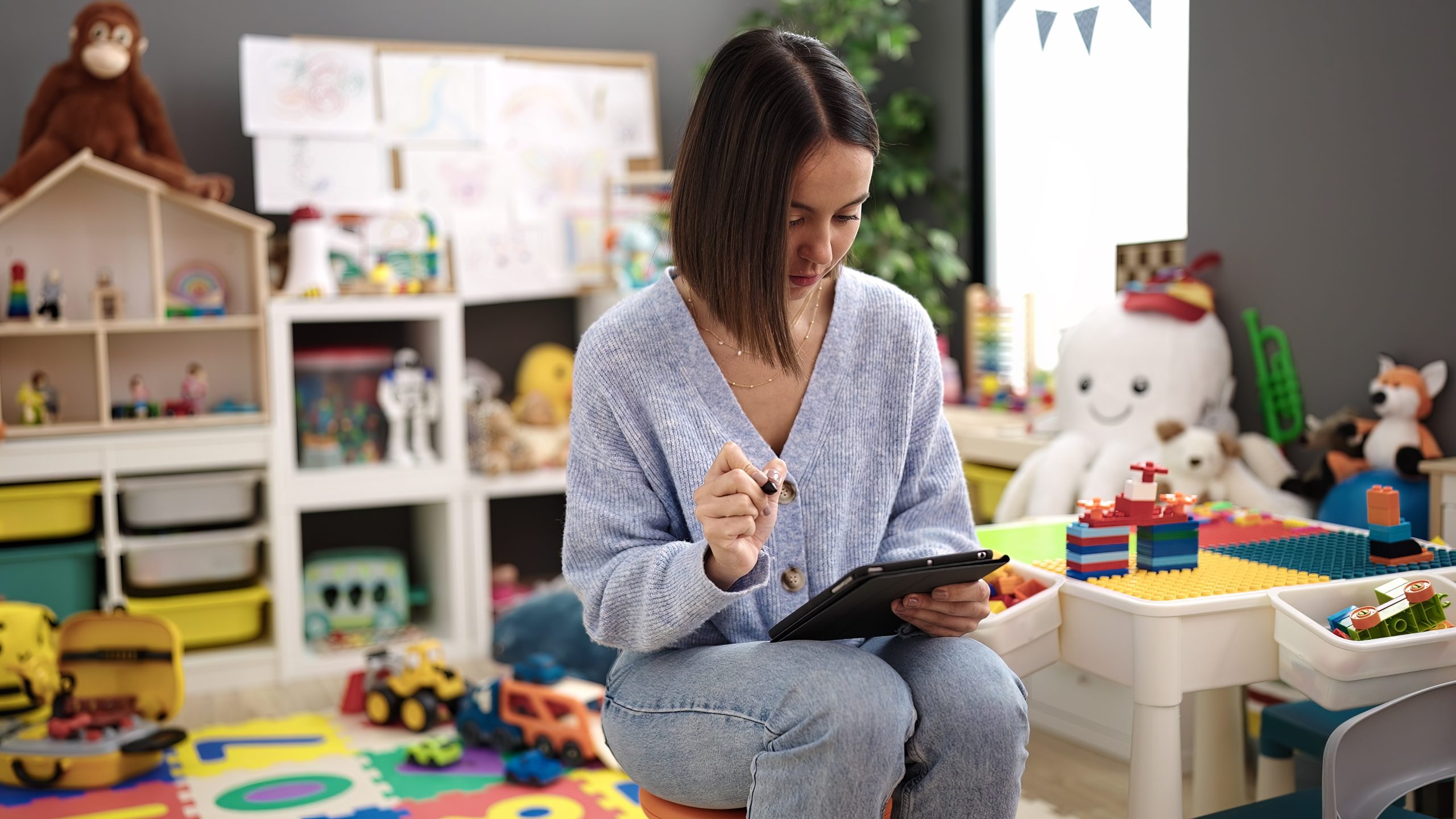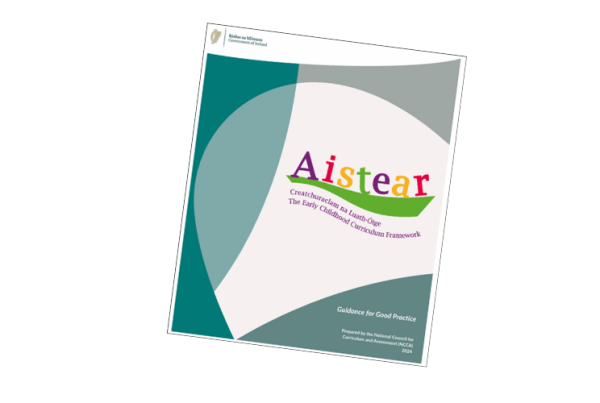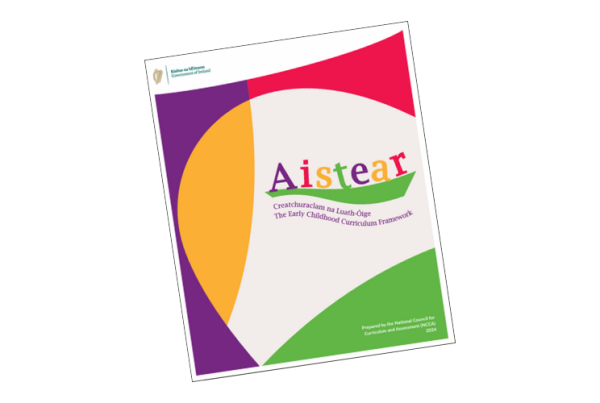Pedagogical Documentation is one of the most powerful and effective strategies that educators have at their disposal. When used appropriately, it gives the educator a mechanism to view the child through a meaningful lens and transform how we ‘see’ and support learning and development.
Nevertheless, according to the Department of Education Chief Inspectors Report ‘The development of … approaches to assessment, including the use of assessment information to inform the next steps in children’s learning, continue to present a challenge in ELC settings’ (March 2022: p7).
Why does this essential component of pedagogical practice consistently remain unobtainable for some and dismissed as an administration burden for others? Is it time constraints? Is it a gap in core training? Is it a lack of understanding of the importance of meaningful documentation for learning? Or are the fundamentals of early education being lost to the competing factors of funding, differing discourse and overwhelm?
Is it all in how we view documentation?
Regardless of the reason, one thing is clear, documentation for learning should not be considered as an ‘optional extra’. It is not something that we do if we can find the time. It is not a tick box exercise. It is not on the same league as a cleaning procedure or an administration requirement. Nor is it a ‘showcase’ for the efforts of the early childhood setting rather than a tool to understand children.
Documentation for learning represents the very essence of early education and is embedded in meaningful early education practice. Although multiple perspectives are involved, we do not do this for parents, for inspection bodies or as ‘evidence of doing’ – we do this to understand and support children.
The lifeblood of early education
We often grapple with what constitutes quality in early education, when it really is quite simple. Effective early education is about striving to find out what children understand, how they think, what they are able to do, what their interests and dispositions are, and how to scaffold their learning to reach the next stage. To do this, a documentation cycle that connects observation, documenting, planning and reflecting in a continuous cycle needs to be in place.
When practice responses are meaningful to the child- to their interests, lived experience, ability, and age – then ‘quality’ emerges in many different forms.
What makes documentation meaningful?
Meaningful documentation can be described as a mosaic or tapestry of different pieces. These pieces are all brought together to create a vibrant picture of the child, involving multiple perspectives including the voice of the child, the educator and parents.
Meaningful documentation is progressive and builds over time- it tells a story of learning. It is always individual to the child and highlights their interests, strengths and dispositions. It does not look at academic achievements in isolation, it considers a holistic view of the child. It does not pass judgement but instead focuses on what the child can do with adult support – taking them to the next stage in development and learning.
Documentation as an integral component of meaningful pedagogy and partnership with parents
Are observation notes and pictures enough?
Observations by themselves are just that – an observation. Useful as a snapshot in time. But it is only when an observation is developed into a learning story that it becomes a pedagogical tool to support learning. Efficiently constructed learning stories succinctly describe an observed learning episode, a summary of learning and a forward plan to support and enhance future learning. This learning story framework can never be compared to a collection of photos stuck into a scrapbook and surrounded by examples of art and craft. This is fine if your aim is to provide a memento scrapbook for parents at the end of the year, or a floorbook for children to use for reflection and discussion – but this should not be confused with systematic documentation to support children’s learning and development.
Systematic, consistent recording systems
The lack of time is undeniably an issue that cannot be ignored. But the lack of an efficient pedagogical recording system can be the biggest drain on time. This is easily addressed by adopting a consistent and workable pedagogical recording system for all educators working in the setting.
MOSAIC does just that (www.mosaicearlyed.com). MOSAIC is a child-led documentation system for educators, offering a wide variety of pedagogical tools on a digital app. The user-friendly application supports multi-modal documentation enabling educators to create and record a unique learning pathway for every child. Educators communicate with parents in real-time, ensuring compliance with quality and regulation standards.
It is also about educators seeing documentation processes as central to their role, embedded within the curriculum and not something that sits outside the curriculum as an additional chore. This would be akin to working in a busy shop and believing that you don’t have time to restock shelves – the two functions are interdependent. On-going documentation is a part of practice – not an add on.
3 steps forward to reclaim documentation practice
A good starting point is to review your curriculum statement which includes your long-term curriculum goals and base curriculum as well as your approach to documentation for learning. Set out what is achievable for your service and describe how you will go about this. Ensure all staff are aware of and meet agreed values and targets.
Adopt a proven system for documentation that encompasses observation, planning, assessment and reflection and can include multiple perspectives. Ensure all staff use the same system, differentiated for age groups if necessary.
Staff who have availed of different training at different times may have conflicting approaches to documentation. To ensure consistency of approach, engage staff in continuing professional development in areas such as Emergent Curriculum, Reflective Practice, the Learning Story Approach and Curriculum Planning.
Finally, step forward to reclaim this fundamental cornerstone of early education to ensure that early learning experiences provide the best possible outcomes for all children. Despite the constraints on the role now or in the future, this is the job undertaken. As such, consider documentation for learning is a ‘necessary essential’ rather than an ‘optional extra’.
-Ends-
For more on Pedagogical Documentation for early education, see McMonagle. A. (2024) A Suitcase Full of Stories: Pedagogical Documentation for Early Education. available on Amazon.com
For more on the MOSAIC Educator Pedagogical Documentation System see www.mosaicearlyed.com
Ref: McMonagle. A. ‘Documentation isn’t an Optional Extra’. https://www.mosaicearlyed.com MOSAIC Early Education (2024).




